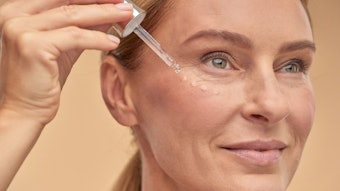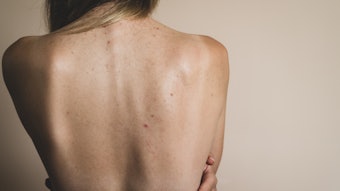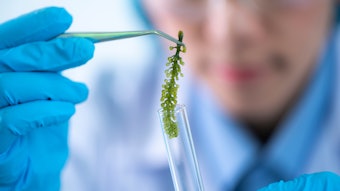Recent work by Karimipour et al. examined the dermal remodeling effects of crystal-free microdermabrasion on photo-damaged skin. According to the Archives of Dermatology abstract, quantitative PCR, immunohistochemistry and enzyme-linked immunosorbent assays showed that microdermabrasion increased levels of cytokeratin 16 and activated the AP-1 transcription factor in the epidermis.
In addition, the abrasion treatment induced inflammation cytokines, antimicrobial peptides and neutrophil infiltration in the dermis. AP-1 activation was followed by MMP-mediated degradation of the extracellular matrix, and consistent with wound healing, a significant remodeling of the dermal component of skin was observed, which was highlighted by the induction of types I and III procollagen and collagen production enhancers heat shock protein 47 and prolyl 4-hydroxylase.
Researchers concluded that microdermabrasion using a coarse grit hand piece induces a remodeling cascade in skin similar to that seen in incisional wound healing. Dermal remodeling did not occur with the use of a medium-grit handpiece; therefore, optimization of these effects is likely the result of a more aggressive treatment with a more abrasive hand piece.
Althought exfoliants have long been known to remove dead cells from the skin surface, this research suggests a novel antiaging mechanism induced in the skin by more abrasive treatments. Perhaps this offers a new twist on an old favorite.










